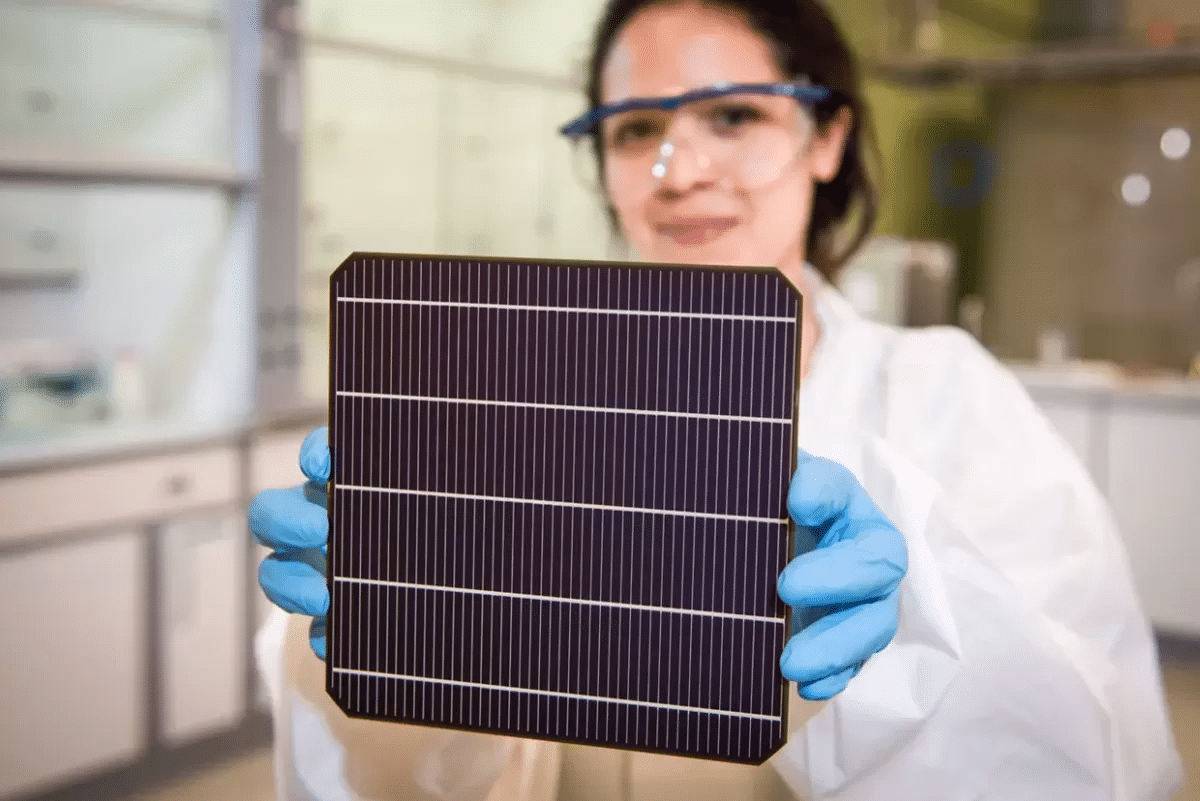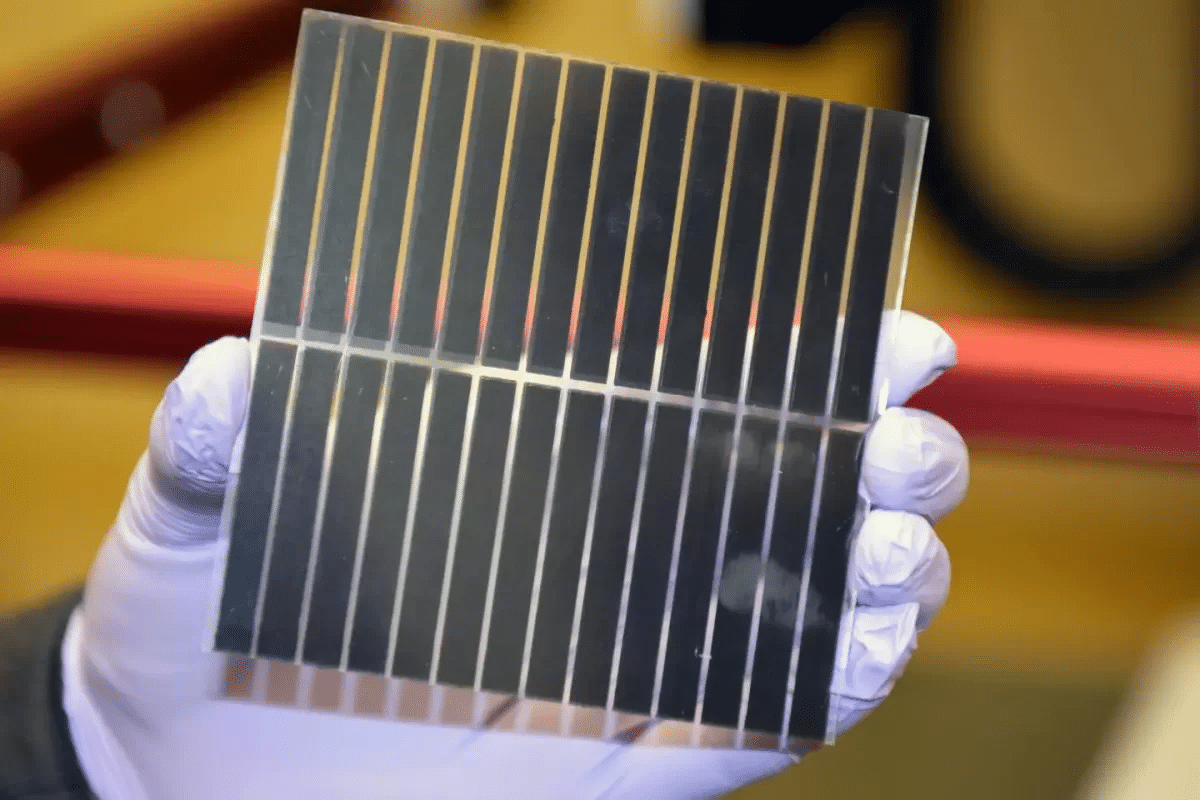First, the advantages and disadvantages of solar tiles?
Advantages: no risk of depletion; safe and reliable, no noise, no pollution emissions, absolutely clean; not limited by geographical distribution of resources, can take advantage of the advantages of building roofs; for example, areas without electricity, and areas with complex terrain; no need to consume fuel and The power transmission line can be erected to generate power on the spot; the energy quality is high; the user is easy to accept emotionally; the construction period is short, and the time spent on obtaining energy is short.
Disadvantages: The production of solar panels has the characteristics of high pollution and high energy consumption, and the distribution density of irradiated energy is small, that is, it will occupy a huge area; the energy obtained is related to weather conditions such as four seasons, day and night, and cloudy or sunny; currently compared with thermal power generation , the cost of the generator will be high; the manufacturing process of photovoltaic panels is not environmentally friendly.

2. Why use photovoltaic modules?
Photovoltaic materials are solar energy, which can save a lot of energy.
3. What are the application aspects of solar cell modules
A solar cell is a special device with a semiconductor coating, which can convert the sunlight shining on the solar panel into electrical energy output, and it can be regarded as a special small power supply.
At present, the application of solar cells is not new. Overseas, there are often special sports car competitions powered by solar cells. The speed and range of some solar sports cars are similar to light motorcycles.
Solar cells have also been tried overseas as a power source for aircraft, but they have relatively high requirements on the weight of the aircraft. They are special models similar to human-powered aircraft, and they cannot be widely used for the time being.
Solar cells are also used in the storage lighting of buildings, but the cost is too high, so it is no longer used in densely populated areas with rich conditions.
The application of solar cells in China is relatively rare. A few years ago, there was a small cruise ship in the West Lake of Hangzhou City. The top was covered with solar panels, which could supply power to batteries and motors on sunny days.
A teacher from Nanjing Aeronautical College also used it the year before last, adding a roof to the bicycle and using solar cells to power the motor. It may be the earliest solar electric bicycle in China.
Due to the high cost of solar cells, large area and good sunlight are required for application, and the power is too small as an energy supply for vehicles, so there are very few practical applications in vehicles.
In view of the current high cost of solar cells and the need to rely on sunlight in application, practical applications often need to be used in conjunction with batteries, and it is best used in weak current situations.
Although there is little hope for solar cells in the energy application of power machinery, according to the author’s personal opinion, solar cells can also be developed and applied in many special occasions.
1. As a special charging power supply, it is used for unmanned weather stations on islands or high mountains. This method is similar to the communication of artificial satellites, and its long-term stability is needless to say.
2. As a special charging power supply, stick it on a semiconductor radio, and listen to the radio when there is sunlight. This is very practical for poor and remote areas that are not open to traffic all the year round.
3. As a special charging power supply, stick it on the KO machine or mobile phone, it can charge the battery slowly and greatly extend the service life of the battery. This method is not too difficult, similar to a calculator.
4. For watches or wall clocks that only use one battery for several months, it is best to attach a small piece of solar battery as a special charging power source, so as to completely avoid the trouble of changing batteries.
The above-mentioned methods are not difficult, but after waiting for many years, there is no such product coming out; it is okay to modify the radio itself, but other finer ones are more troublesome. It is better to hope that the manufacturer has a product on the market.
The application range of solar cells is very wide,
Can be divided into the following items:
1. Electric power: high-power power generation system, household power generation system, etc.
2. Communication: wireless power, wireless communication, etc.
3. Consumer electronics products: computers, watches, electric toys, radios, etc.
4. Transportation: automobiles, ships, traffic signals, road lighting, lighthouses, etc.
5. Agriculture: water pumps, irrigation, etc.
6.Others: refrigerated vaccines, tea baking, school electricity, etc.

With the rapid development of electronic technology, various electronic products are also changing with each passing day. Among them, communication and information products have become indispensable daily necessities in human daily life, such as mobile phones, handheld computers and personal digital assistants (PDA). etc. These electronic products must have a power supply to function. I believe that many people have experienced the dilemma of being useless because the battery is dead, and this problem will soon become history after the solar clothing is launched.
4. Classification and characteristics of photovoltaic modules
Photovoltaic modules mainly include combiner boxes, AC-DC conversion boxes
5. What are the advantages of monocrystalline silicon, polycrystalline silicon and thin film in the photovoltaic industry?
Comparison of Photovoltaic Cell Performance Index Technology Type Crystalline Silicon Cell Thin Film Cell Monocrystalline Silicon Polycrystalline Silicon Amorphous Silicon Cadmium Telluride Copper Indium Gallium Selenium GaAs Cell Photoelectric Conversion Efficiency 16~17% 14~15% 6~7% 8~10% 10 ~11% 18~22% Photovoltaic module efficiency 13~15% 12~14% 6~7% 8~10% 10~11% 18~22% Light receiving area m2/KWp 7 8 15 11 10 4 Manufacturing energy consumption is high High Low Low Low High Manufacturing Cost High High Low Low Medium Medium High Resource Abundance Medium Medium Rich Poor Poor Poor Langhoff Institute US USSC Corporation US National Renewable Energy Laboratory US National Renewable Energy Laboratory Japan, Germany Crystalline silicon cells, including monocrystalline silicon and polycrystalline silicon cells, which are easy to obtain in nature, smelting technology and modern chemical industry, The level of the electronics industry matches well, so it has become the mainstream technology in the current photovoltaic cell market, accounting for 90% of the market share in 2007. Monocrystalline silicon battery is currently the most mature and widely used battery. However, due to serious energy consumption, since 1998, polycrystalline silicon (theoretical photoelectric conversion efficiency is about 18%) has gradually become the mainstream of the market. Thin-film batteries are made of very thin photosensitive materials, which are attached or coated on cheap glass, stainless steel or plastic substrates. The technical cost is lower than that of crystalline silicon, and there is currently no obvious advantage in their conversion efficiency. However, it is expected that it will develop rapidly in the future and become an important direction of the market. Amorphous silicon thin-film solar cells have low cost, light weight, high conversion efficiency, and are convenient for mass production, so they have great potential. However, due to the degradation effect of photoelectric efficiency caused by its material, its stability is not high, which directly affects its practical application. If the stability problem and the conversion rate problem can be further solved, then the amorphous silicon large solar cell is undoubtedly one of the main development products of the solar cell.
Post time: Sep-22-2023
